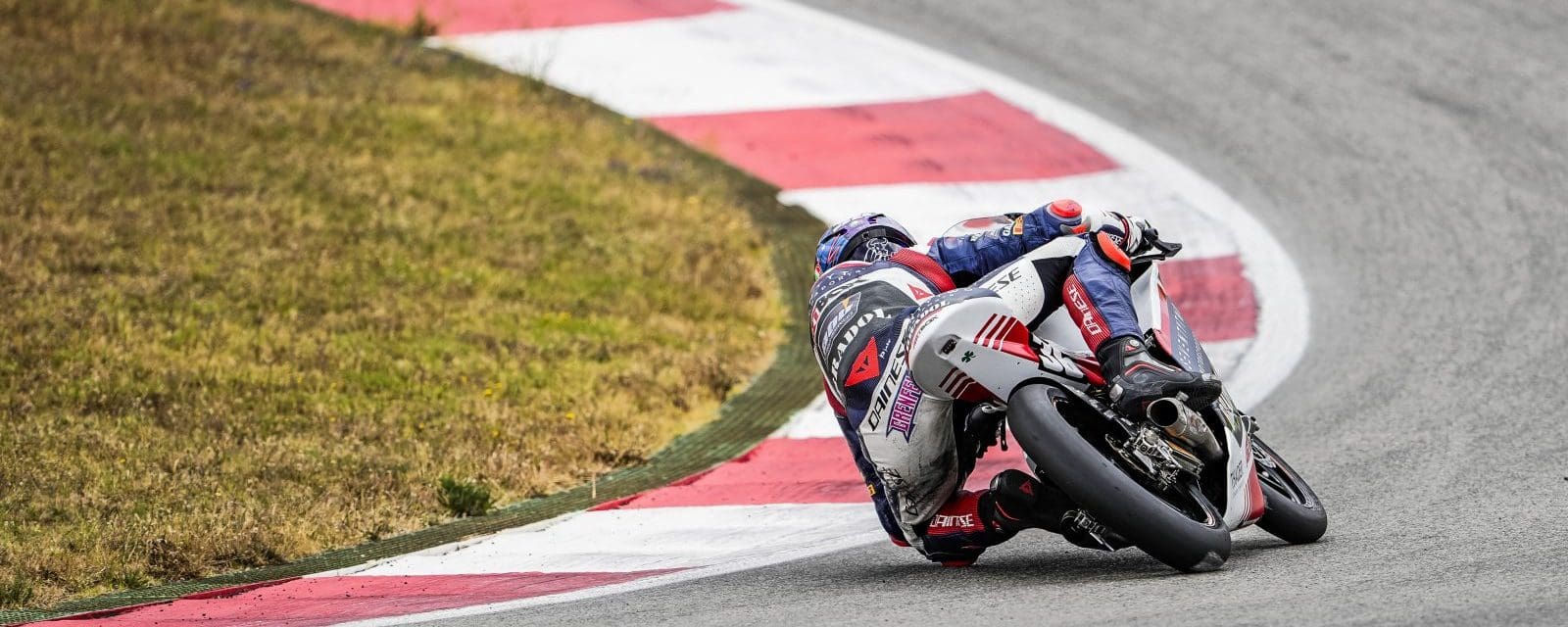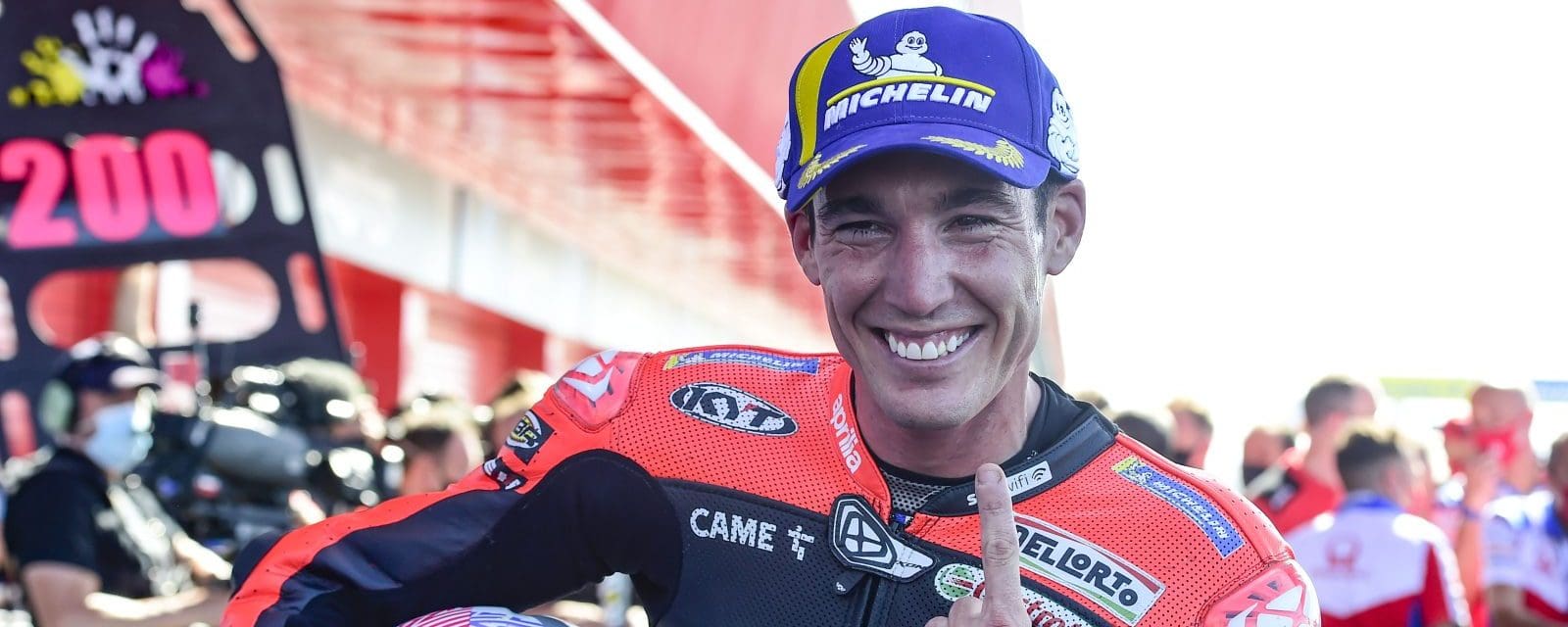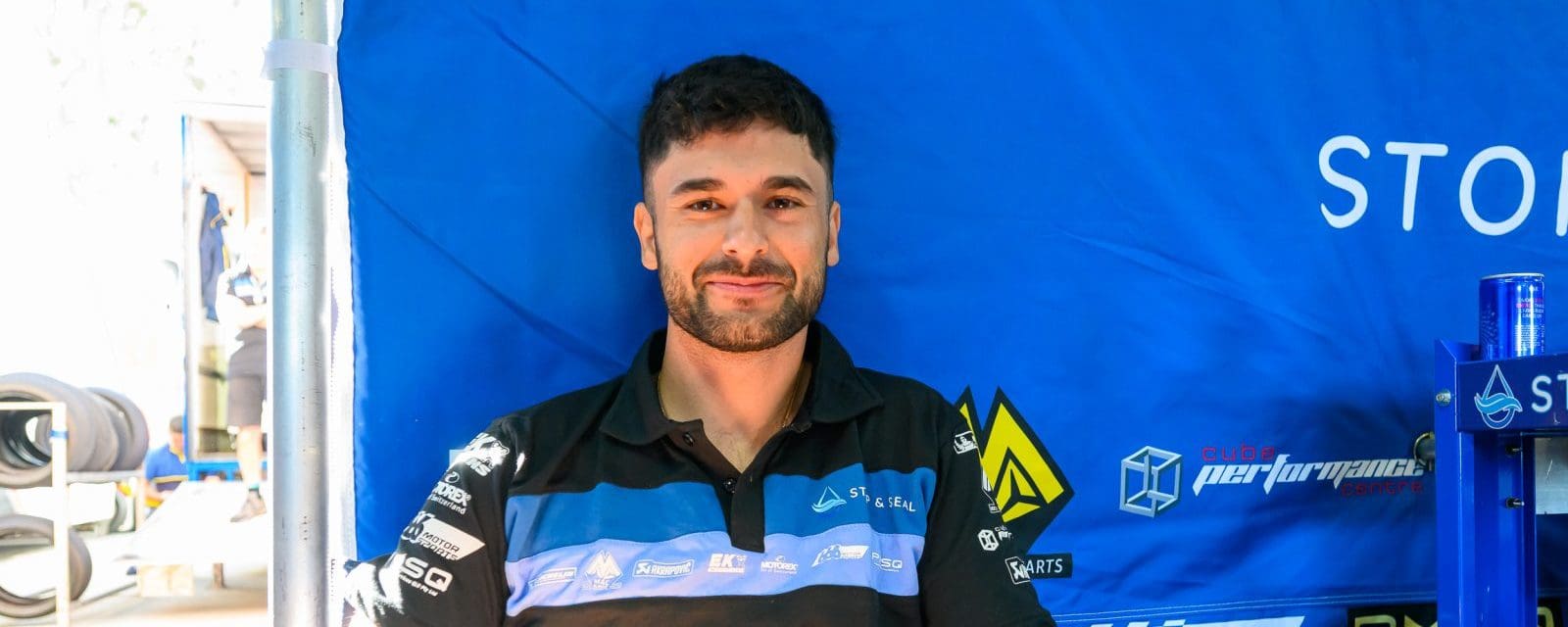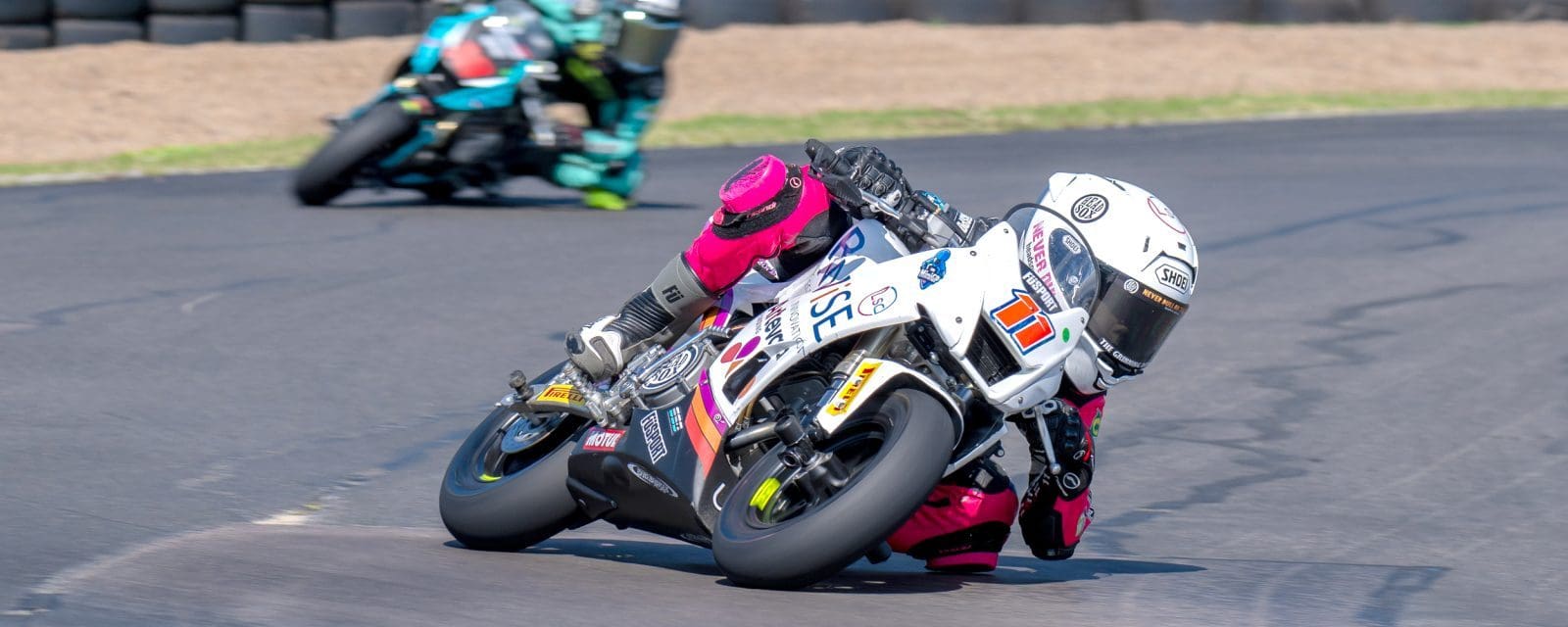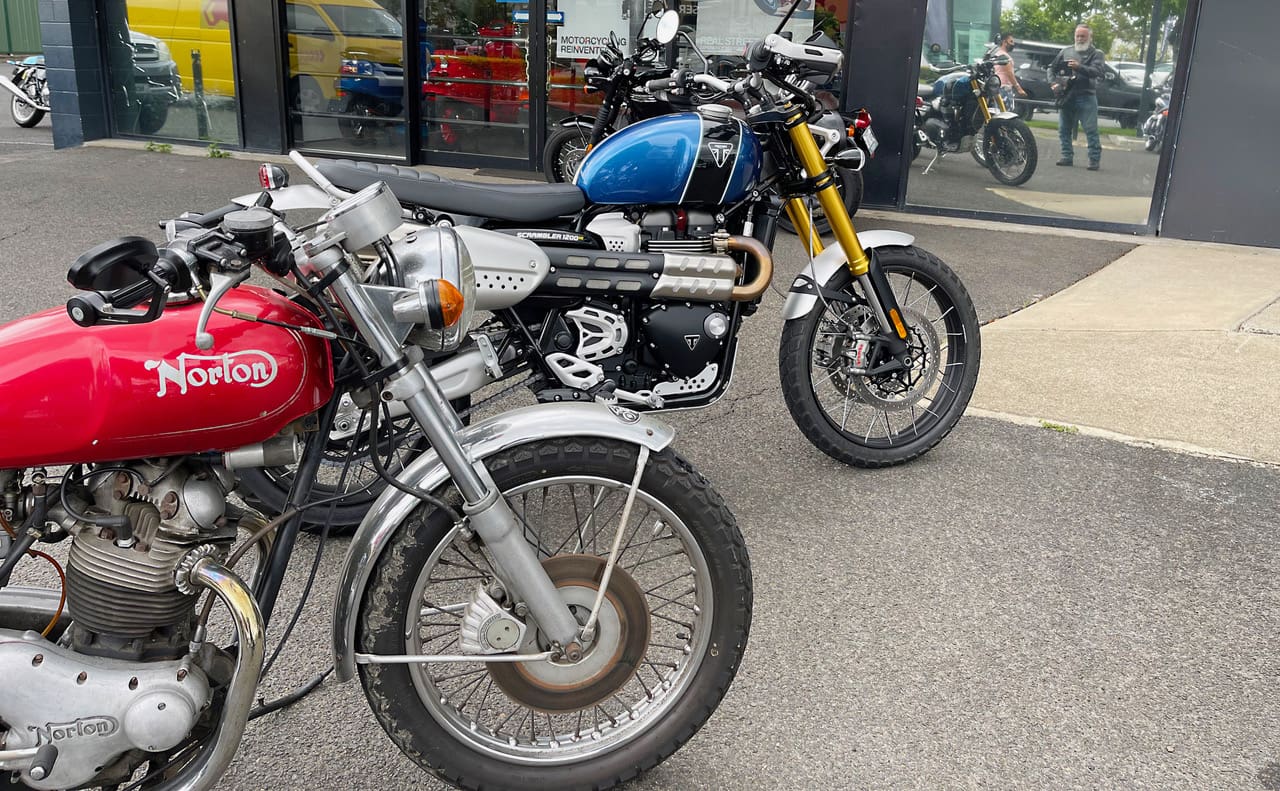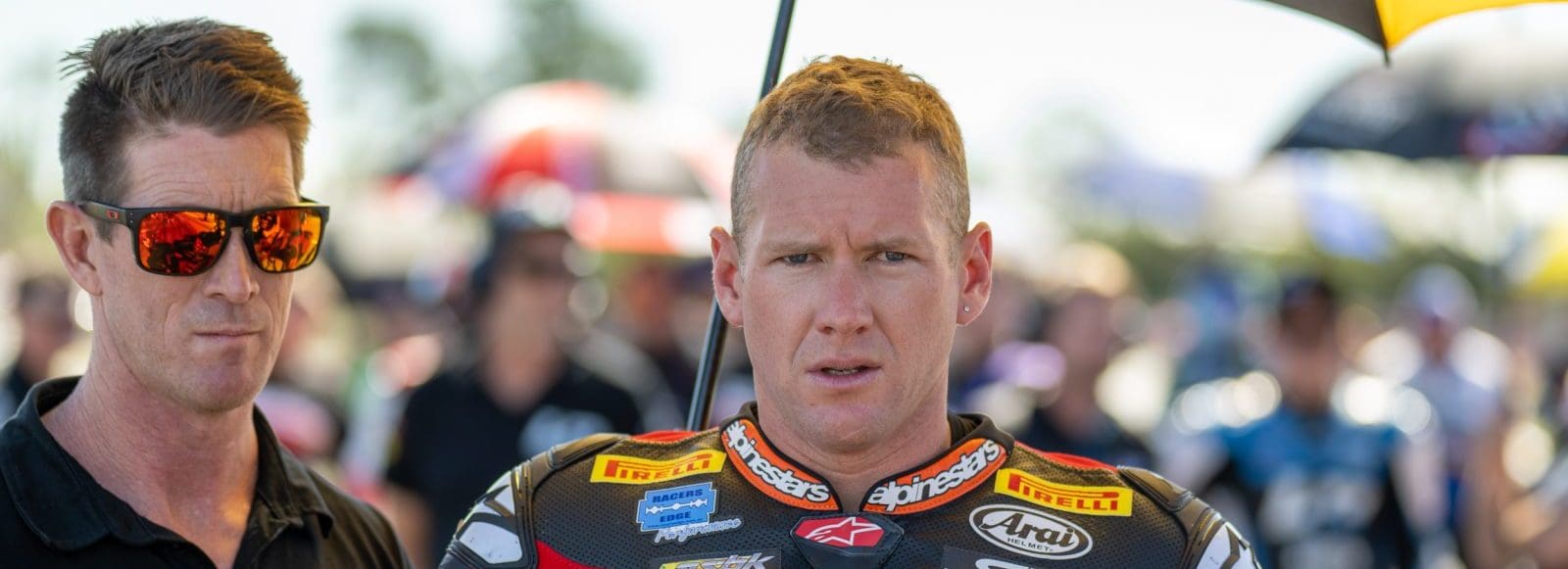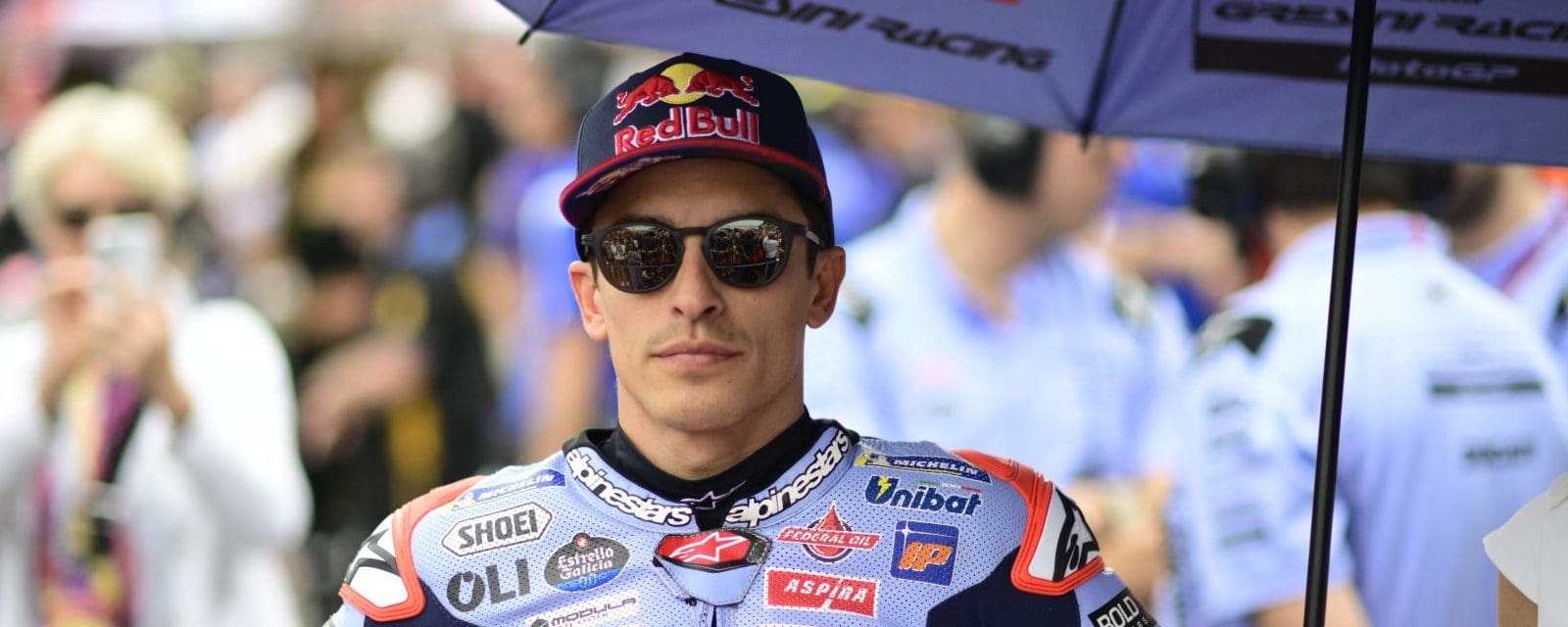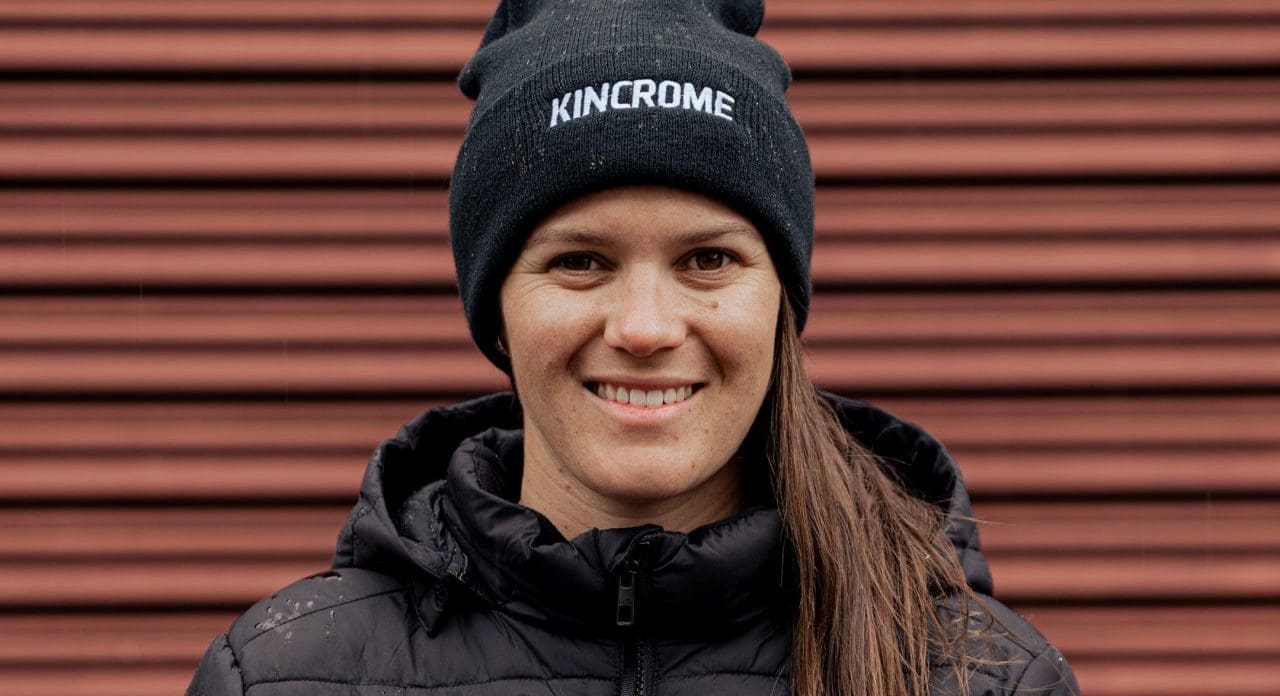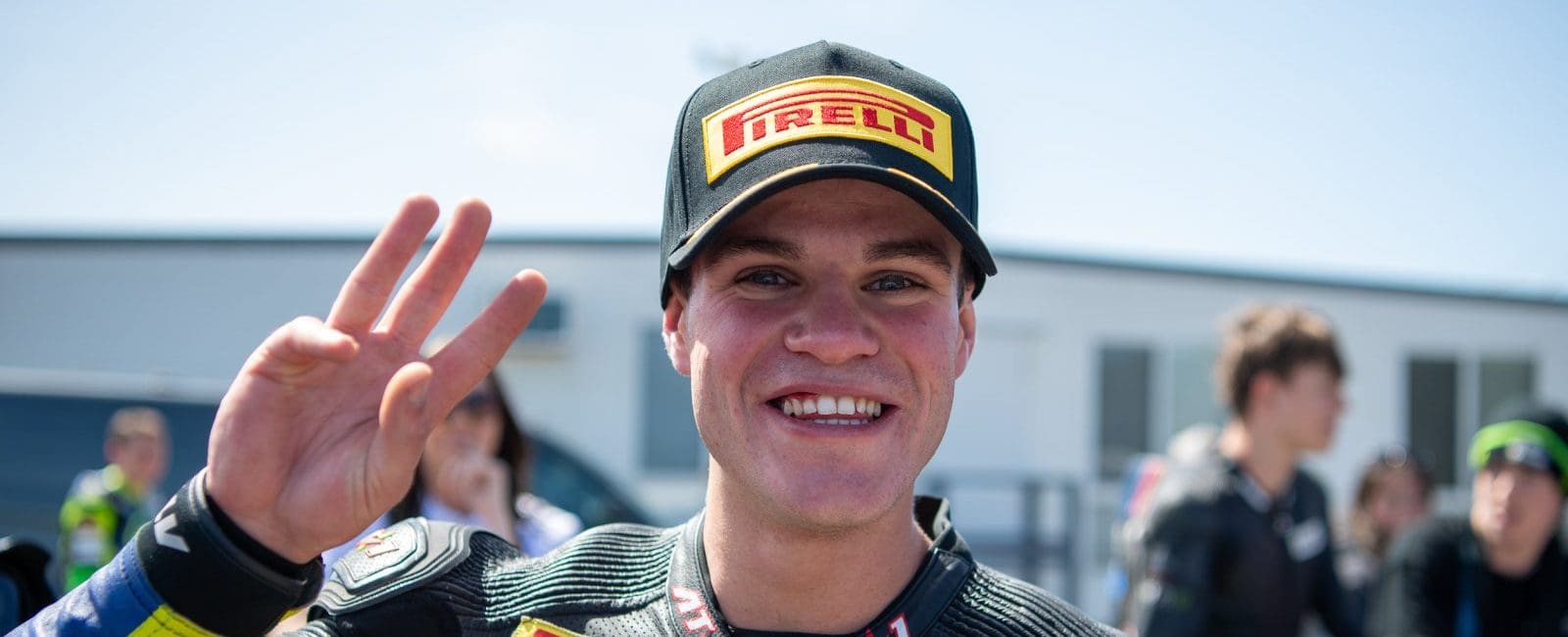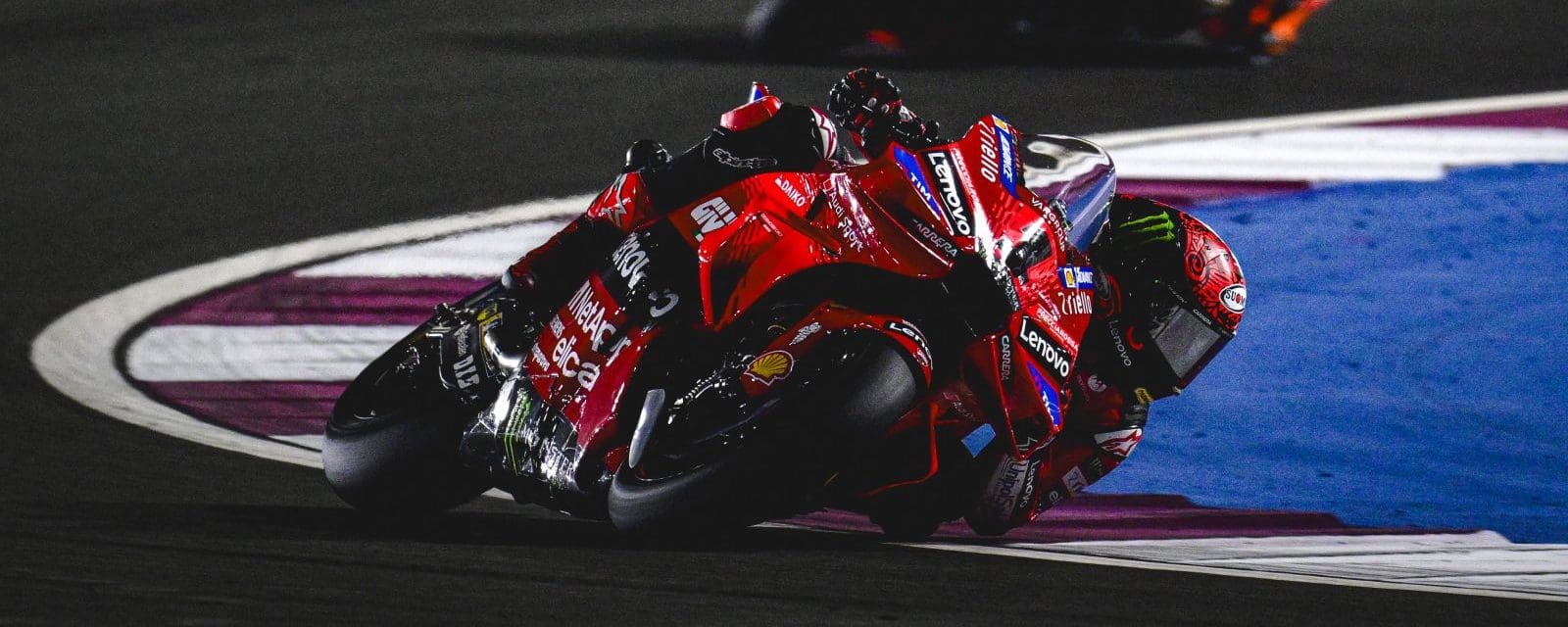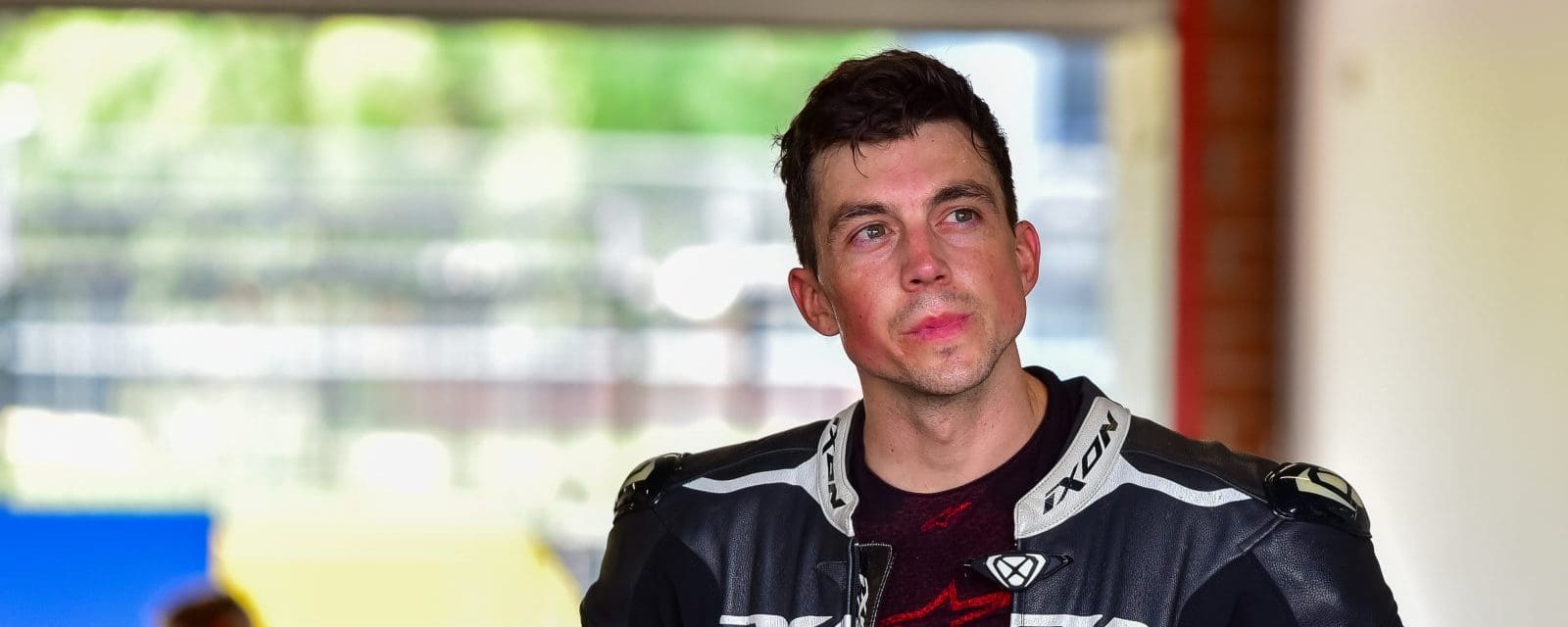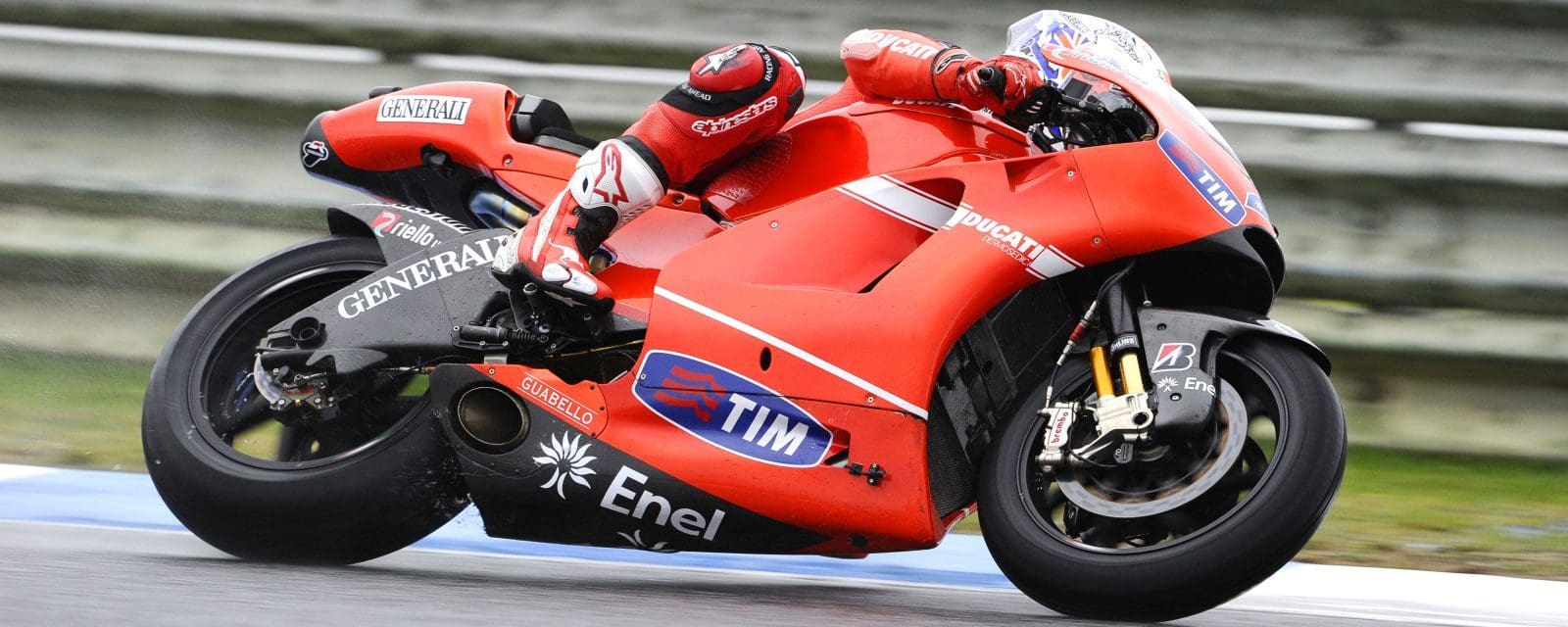So let’s begin by expressing the opposite: I have vast reserves of respect for Valentino – for his talent, his racecraft, his intelligence, his breadth of vision – seen in how he is training up the next generation of Italian stars. And most of all for his incredible, undying commitment to racing.
And not only those things. I also deeply admire his ruthlessness, and his ability at the height of his powers to dismantle his closest rivals. And I am susceptible as the rest of the world to his powerful charm.
But I am alarmed to see what extent he has Yamaha over a barrel.
It was back at Qatar that I started to think that Valentino, once the jewel in Yamaha’s crown, had become an increasingly awkward burden.
The 39-year-old multi-champ superstar had just signed up until the end of 2020, by which time he will be into his forties.
Walking down pit lane, I bumped into an old pal who has worked with VR since he came to the premier class in 2000. “He’s starting to look like a bed-blocker,” I joked. The bristling response was immediate: “He’s a pretty fast bed-blocker.”
Then Valentino put the Yamaha on the podium, ahead of his teammate, Maverick Vinales, and I felt slightly chastened.
But subsequent events seem to have rather borne me out.
Valentino’s residency in the Movistar-backed factory team (along with a slightly hard-to-understand early two-year renewal also for the off-form Maverick) had its biggest casualty in the run-up to last weekend’s Spanish GP.
Yamaha lost Johann Zarco, the most promising new rider they’ve had in years. Understandably, the French double Moto2 champ thought himself worthy of a factory ride. Yamaha didn’t have one available until 2021.
They had also already lost Tech 3, again to KTM. The French squad has long played second fiddle to the factory, especially technically, as a place to get a few more miles out of superannuated bikes. Last year, their M1 bitsas were better than the factory bikes. But their role as a feeder team had become redundant.
Now Tech 3 has been promised full factory support from KTM, and the latest factory bikes. The experienced French squad will play an important development role with the Austrian newcomers. Yamaha has lost a strong ally.
Rossi’s overbearing influence was painfully clear in Argentina.
As you’ll recall, Marquez made an over-ambitious overtake, and bumped Rossi off. (Surprisingly, in fact; Rossi was surely aware of Marquez’s approach, and knows his reputation. When Marquez has made similar moves on Dovizioso, Dovi gave him enough room to outbrake himself, and zipped back past on the exit. Three times. But that is a moot point, and there is no doubt that Marquez was in the wrong.)
After the race, Marquez and Honda team manager Alberto Puig strode straight down pit lane to the Yamaha box to apologise. They were promptly and firmly told to… well, “go away”, though not so politely, by Rossi’s right-hand-man Uccio Salucci.
But where was Yamaha team manager Lin Jarvis? He took a back seat. Many might think a more correct protocol would have been for him to at least exchange words with Puig.
But Rossi is too important. He’s too popular. He is bigger than the team, and in many ways bigger than the sport.
This cannot be a very comfortable position for a classic Japanese factory.
Worse still, imagine the public opprobrium if Yamaha dumped him.
They are caught between the devil and the deep blue sea. And Rossi is both of those things.
By Michael Scott
